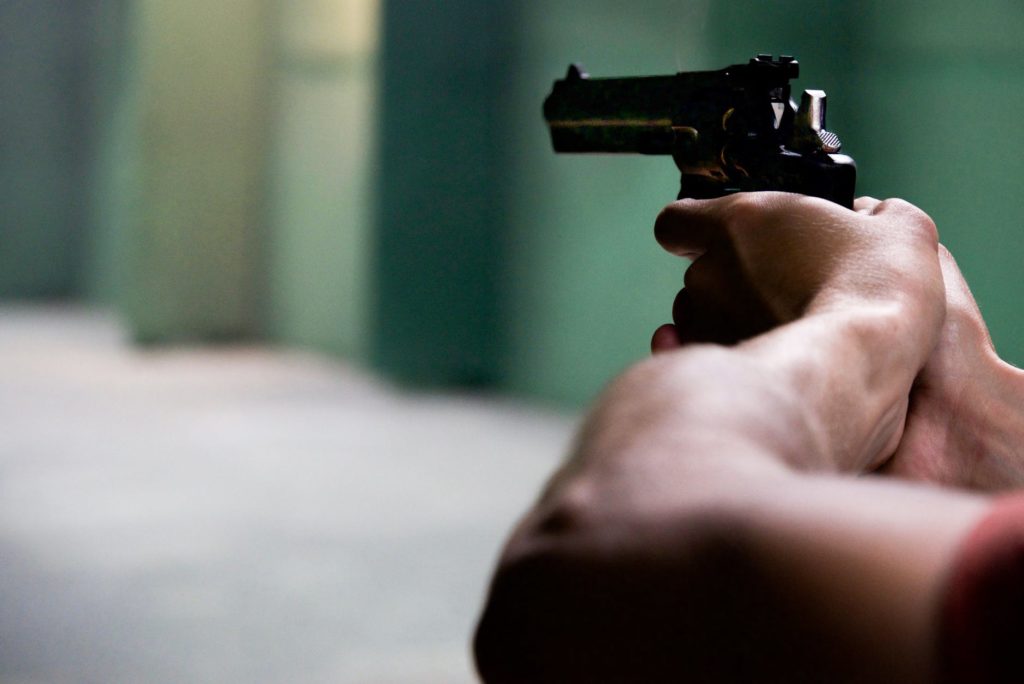On Feb. 16, Brent Nipper, director of property and risk management, sent out a campus wide email about Milligan’s procedures in the case of an active shooter. This email was sent out in response to the Parkland, Fla., school shooting.
Nipper’s email gave the procedure as “run, hide, or fight.” This means that in an active shooter situation your options are to run–get as far away from the shooter as possible, hide–get down and out of sight of any windows and barricade yourself in place if possible, and lastly fight–fully commit and fight for everything you are worth.
On March 20, as part of Campus Safety Week, Nipper brought in Sergeant Amanda Worley from East Tennessee State University’s Department of Public Safety to talk about the active shooter procedures.
Worley had videos that other colleges and universities created to demonstrate the “run, hide, fight” method.
“Be responsible for your own safety. You need to be alert and aware,” Worley said. “It’s not being suspicious and paranoid. When something is really wrong, you’ll know. You’ll get a feeling like the hair on the back of your neck is standing up.”
Four professors gave a variety of different answers.
Dr. Lori Mills, professor of psychology, was concerned about lack of training and wondered if professors needed to have more training.
“I love my students and I want to be a protector. I want to do whatever I can to keep them safe,” Mills said. “I think Milligan should have mandatory training for faculty and staff.”
Dr. Brian Eisenback, associate professor of biology and area chair of scientific learning, looked at the problem differently. Eisenback was a graduate student at Virginia Tech when the massacre on April 16, 2007, happened. This shooting remains one of the deadliest in history, with 32 people killed during the attack. Eisenback was a graduate student at the time, and he was not on campus until after the shooting was over.
“The run, hide, fight procedure would work in every classroom. I think that it works because it is so vague,” Eisenback said. “You can make this work for any classroom or place on campus.”
Dr. Carrie Swanay–professor of communications and area chair of performing, visual and communicative arts–agrees with Mills that there should be training.
“I think that we should have training at least once a semester,” Swanay said, “at the beginning of each term.”
Dr. Phil Kenneson–associate dean of the school of Bible and ministry, the Kenneth E. Starkey chair of Bible and Christian ministries, professor of theology and philosophy and area chair of biblical learning–attended Worley’s active shooter training on March 20. He was grateful that Milligan was providing that opportunity for training, because this is not something that should be taken lightly.
“It’s sad we have to do this, but I am glad we had this minimum training,” Kenneson said. “It will help alleviate some anxieties surrounding these situations.”
Student responses to questions about Milligan’s active shooter policy were mixed.
Bailey Backus, a senior nursing major, said she thought that teachers need more training.
“Teachers should be trained for individual classrooms,” Backus said. “They are teaching in the same rooms most of the time, so it would make sense to train teachers for the classrooms they are going to use.”
Cody and Caleb Sprouse, both pre-med seniors, agree that using the run, hide, fight method would work effectively, because it can be used in any classroom.
Kaylie Foster, a senior exercise science major, thinks that having specific plans in case of an attack would be a proactive way to promote safety on campus.
“All the rooms are so different,” Foster said. “It would be good to have plans that are for specific rooms.”

